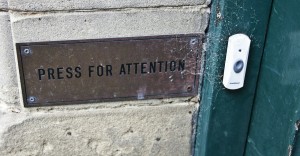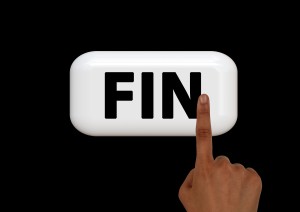 Business writing is essential to solidifying the message of your brand. All content is marketing. From emails to tweets to blog posts as well as emails, your audience wants to rely on an expert and any mistake on your part will be a strike against your product or service. Let’s begin with emails and all the intricacies they entail.
Business writing is essential to solidifying the message of your brand. All content is marketing. From emails to tweets to blog posts as well as emails, your audience wants to rely on an expert and any mistake on your part will be a strike against your product or service. Let’s begin with emails and all the intricacies they entail.
Length
Each email should aim to be only three sentences long. In American culture, the strong silent type is revered by most. The less you say, the better because emails are never truly private and they can be used against you. Three sentences will is get straight to the point and does will not allow from for the dreaded long-winded, and self-congratulatory messages that some tend to prefer to write. A person that who sends long emails is considered a windbag: pompous and annoying. Recipients do not want to read Tolstoy’s War and Peace every time they receive an email from you.
Formula
1. Greeting
2. Personal
3. Professional
4. Personal
5. Closing
Greeting
Start with a Good morning, afternoon, or evening. Be careful to note only the G is capitalized in the salutation. This is formal and you do not have to be as formal throughout the ensuing email, but it this greeting is considered more professional than a hey or hello. Save the informalities for personal communications.
Personal
The next line is should more personal and maybe even a bit cheesy. ‘Hope you enjoyed your vacation’ or ‘I hear Minnesota is getting a lot of snow.’ Something that speaks to them as a human will be looked on favorably. Americans have acquired the a reputation of for being friendly only when they want a favor. This is not true, but the perception warrants a diligence when addressing an international associate. Personal does not mean being intrusive. Keep it light and casual, more small talk than existential angst driven.
Professional
Next, get down to the ask, question, or your intent. It will take practice to condense your words, but in general, the professional line sentence should be about stay within the limits of ten words. long. Next [week/month/whatever], we’ll talk about tightening this sentence. A post will be dedicated to tightening this sentence. Do not be overly detailed or exaggerate the situation.
Personal
The second personal line should be the last sentence in your email. ‘I look forward to working with you on ____ ’ or ‘Let’s take care of __________.the meeting notes sooner so we can continue progressing with our common goals.’ Write something so to acknowledge the recipient for past, present, or future professionalism. You are writing to them as a member of your business community, so you must recognize a shared goal, spoken or understood.
Closing
The closer is the last line of the email before you sign off with your name. “’Best’” is dismissive and “’Best wishes’” is more appropriate for a celebratory card, such as a cat’s birthday party or a wedding. ‘Kindest regards’ is the internationally the most favorite closer. These two words convey warmth and acknowledgement. Think carefully what you want your last impression to be, especially when communicating with someone of a higher status.
Sample
Good morning Anais,
Glad to have you back from vacation. The meeting notes from the China project have been formalized and are attached. We look forward to hearing your feedback.
Kindest regards,
Barbara
Takeaway
Three sentences is the ideal length for professional emails. Your greeting should be capitalized correctly. The personal line should acknowledge your recipient ’s life without being forward. Make your intent known in the next line and be as concise as possible. Afterwards, generate the last professional line to align the common goal, yourself, and the recipient. ‘Kindest regards’ is the most popular closer, as it is friendly without sending a stage five 5-clinger vibe.





